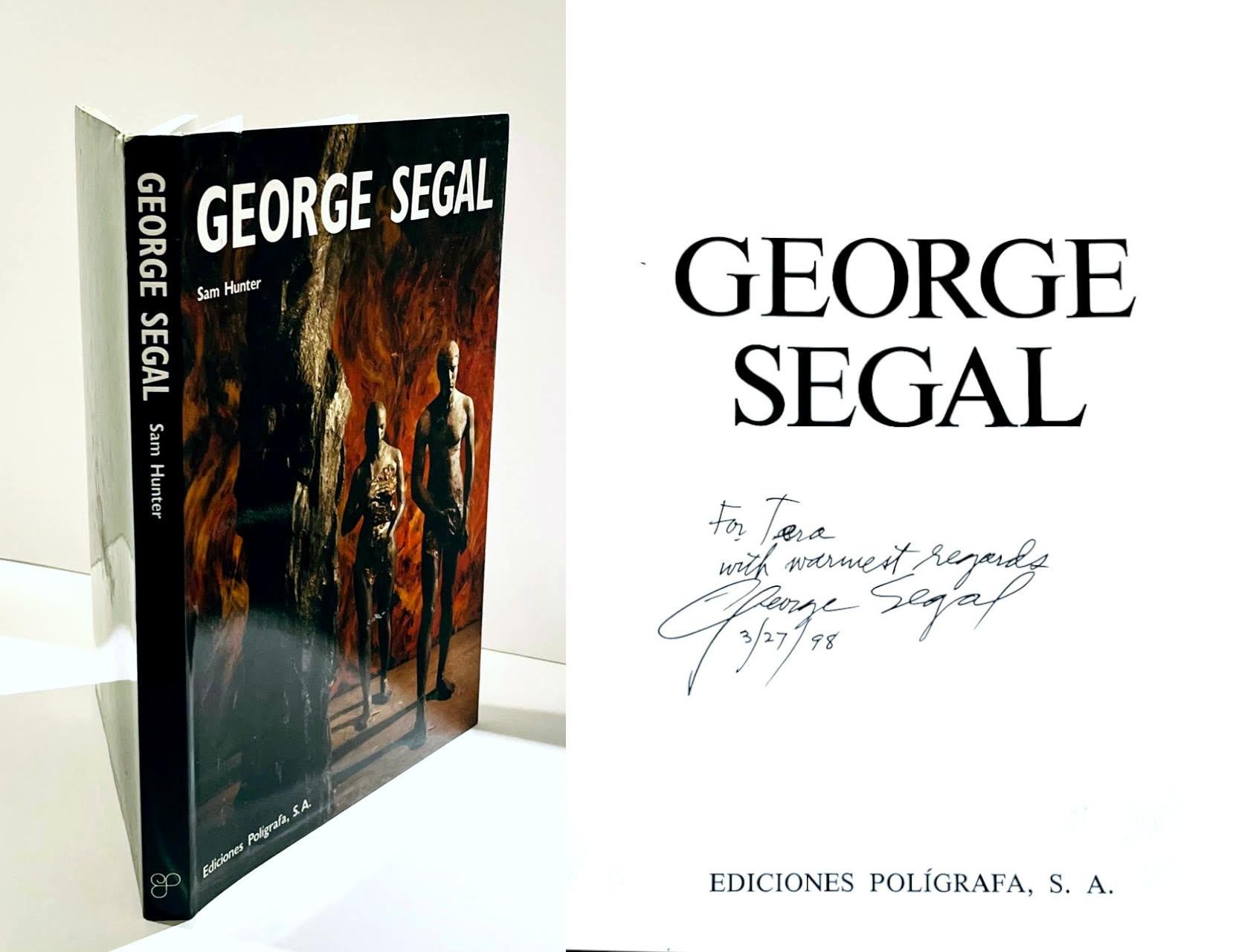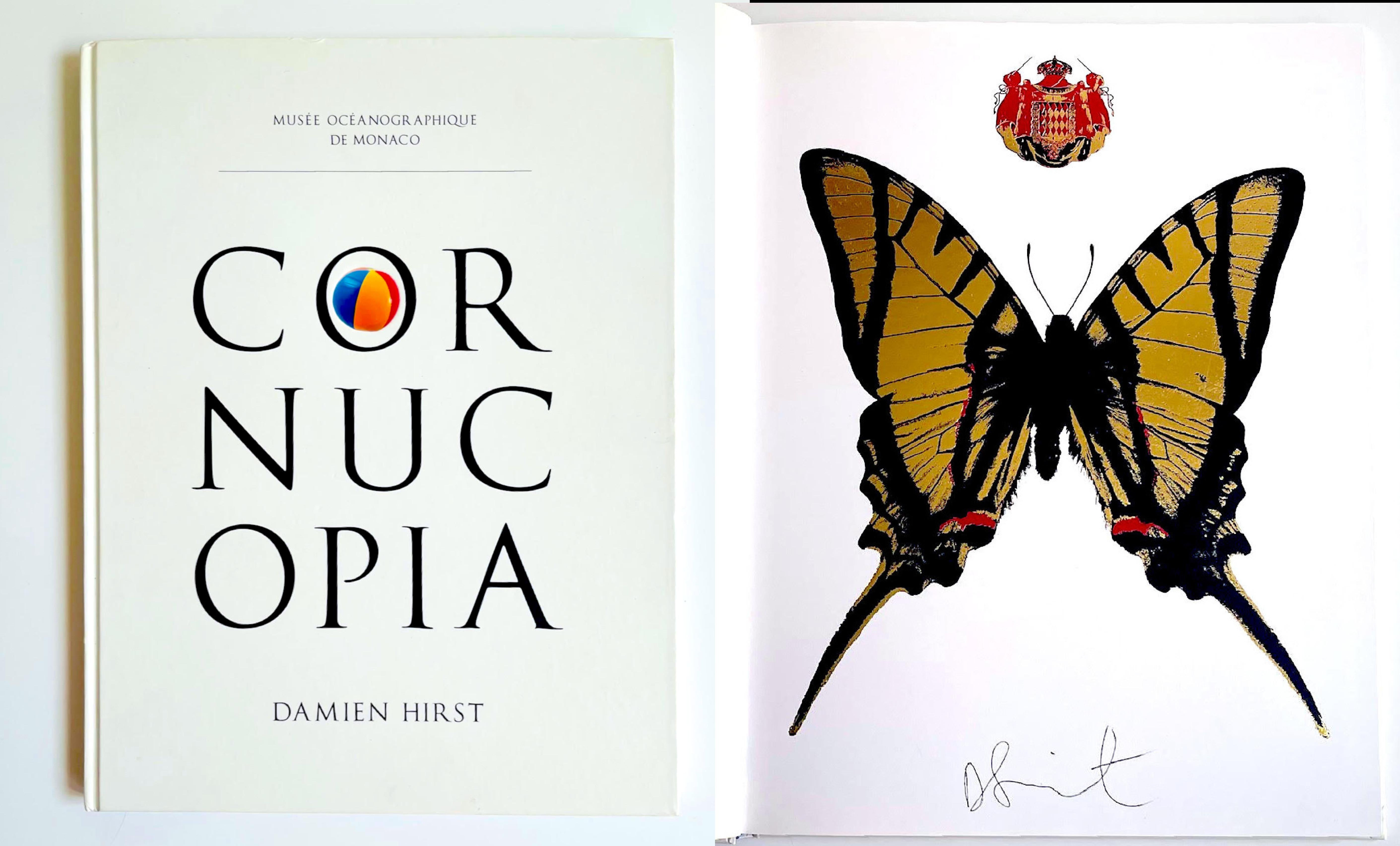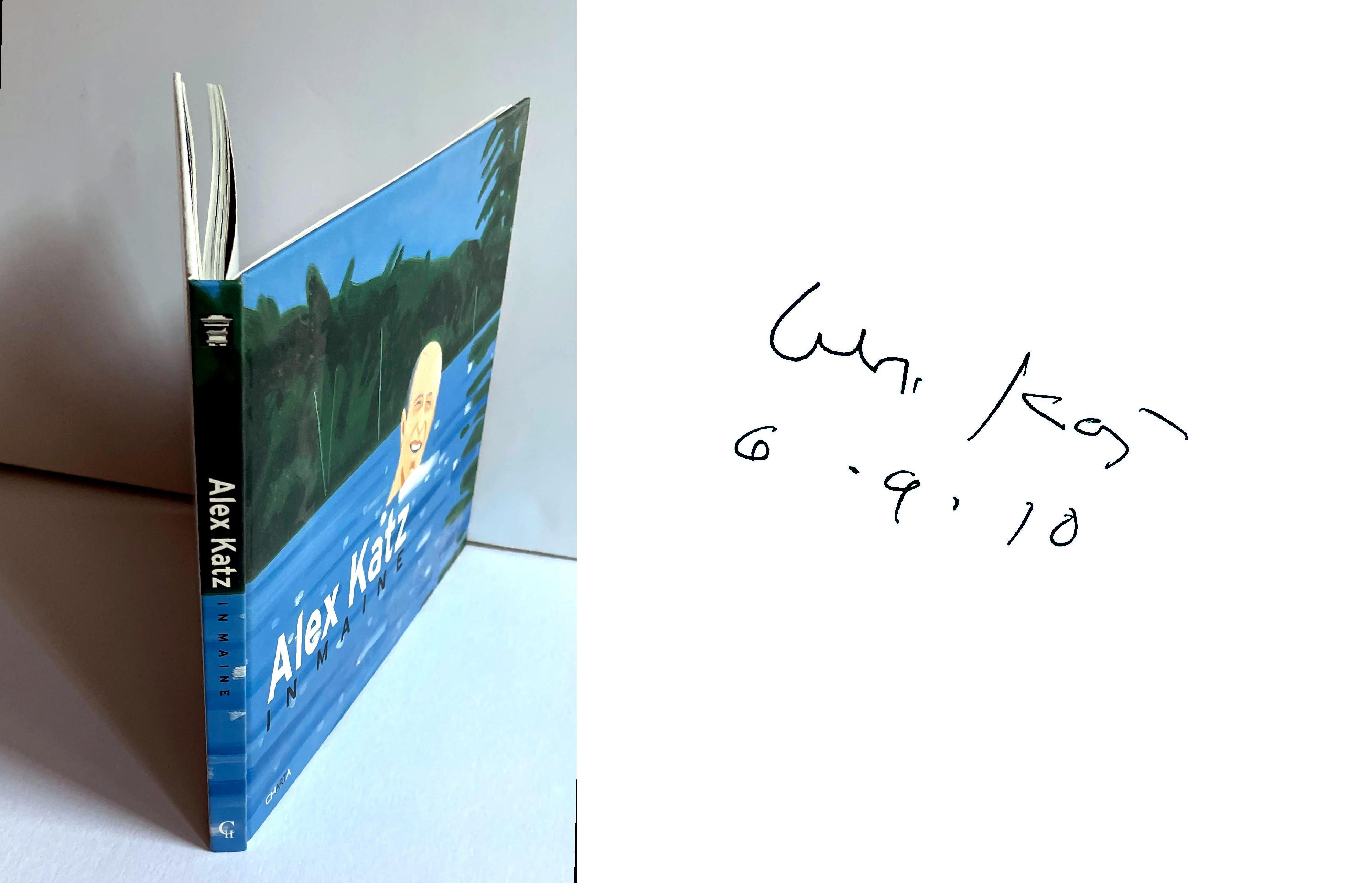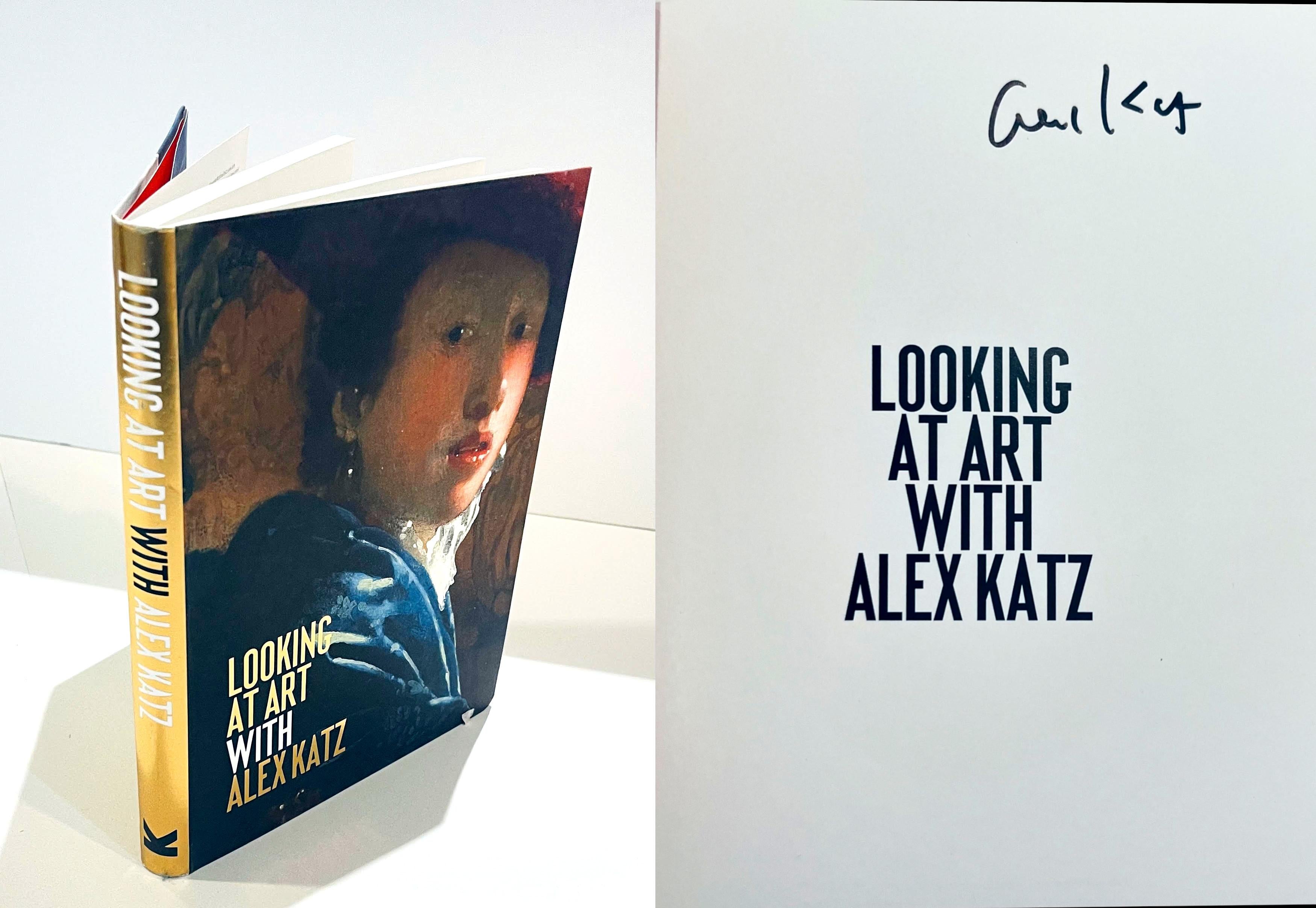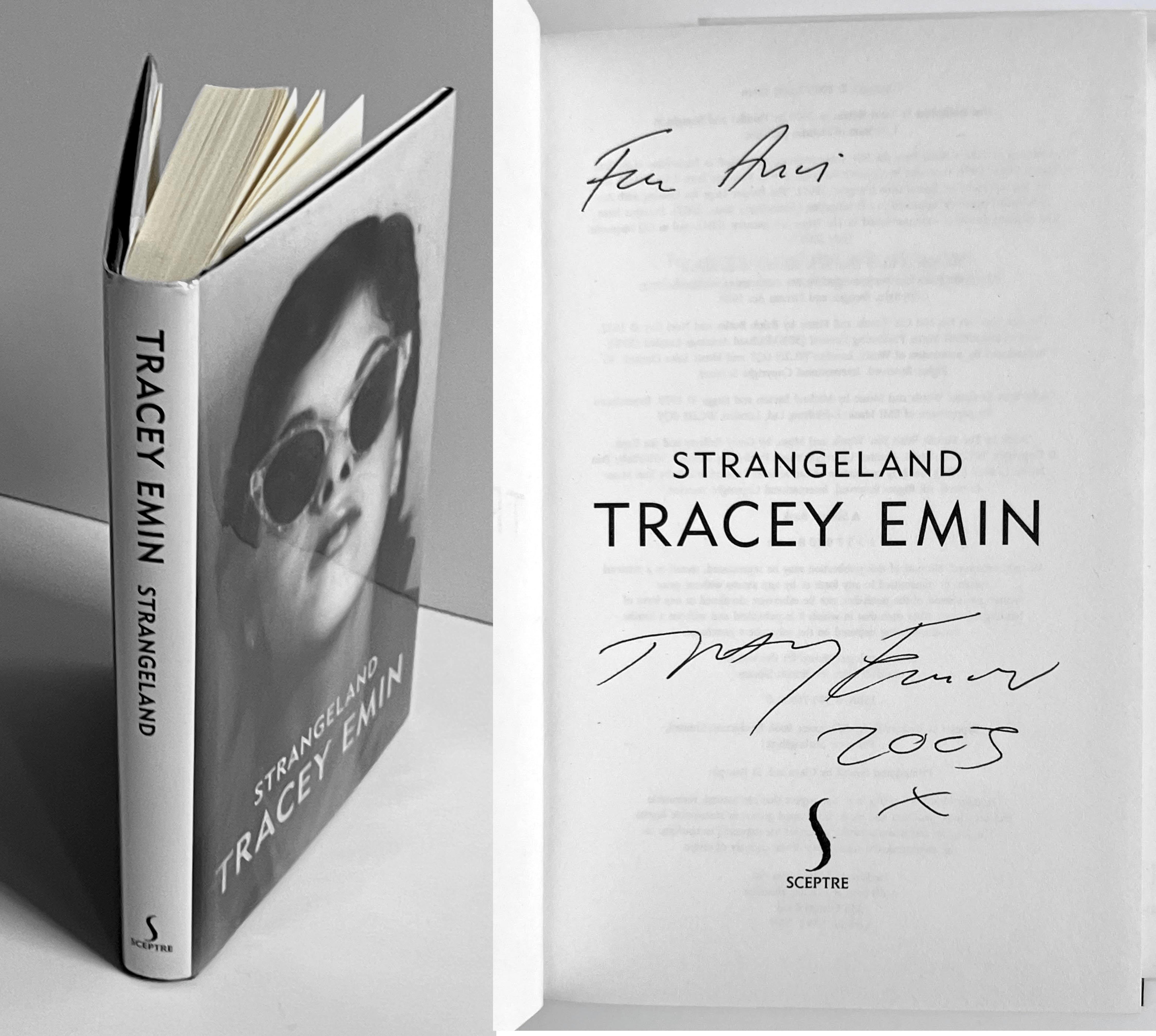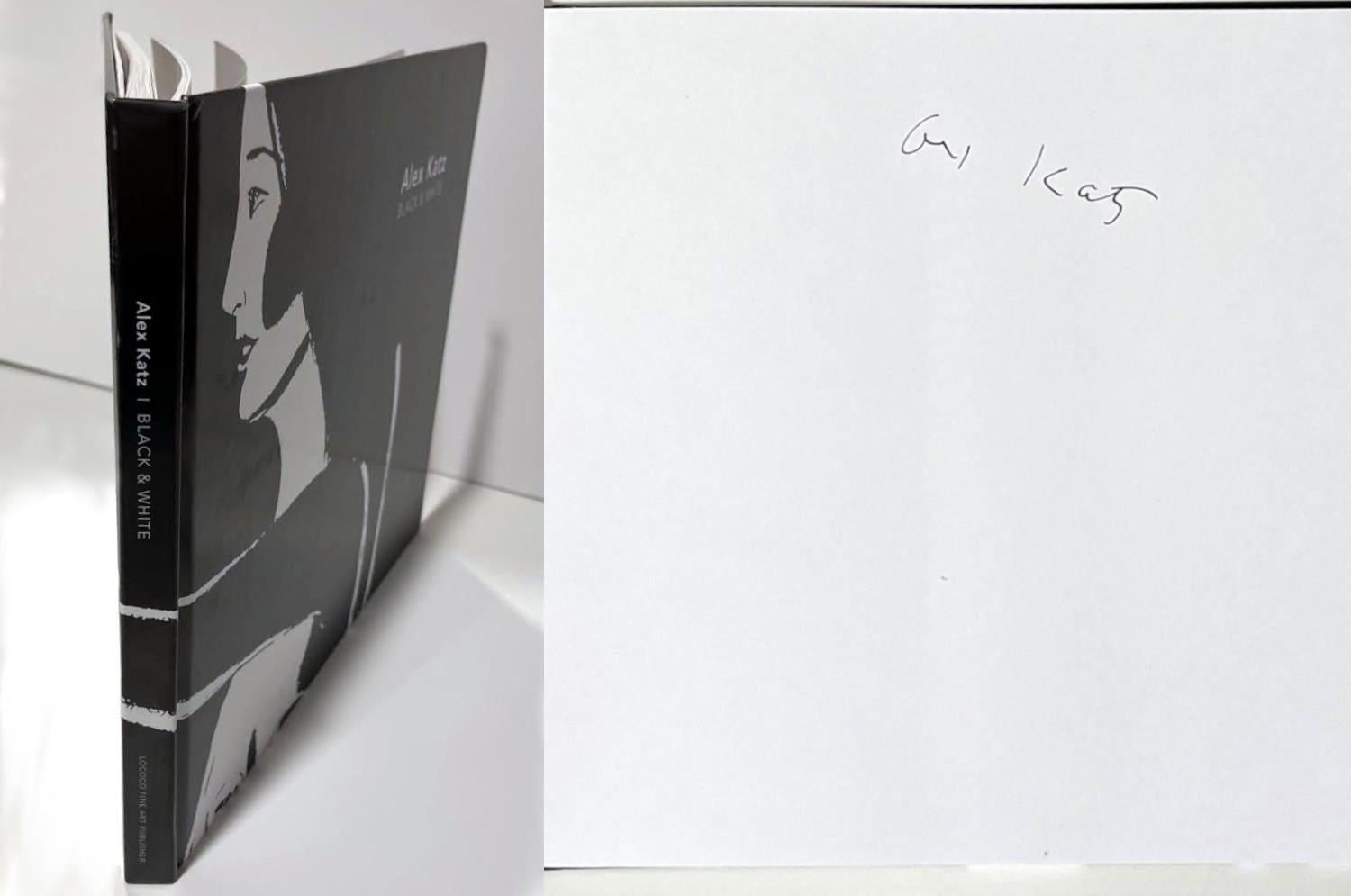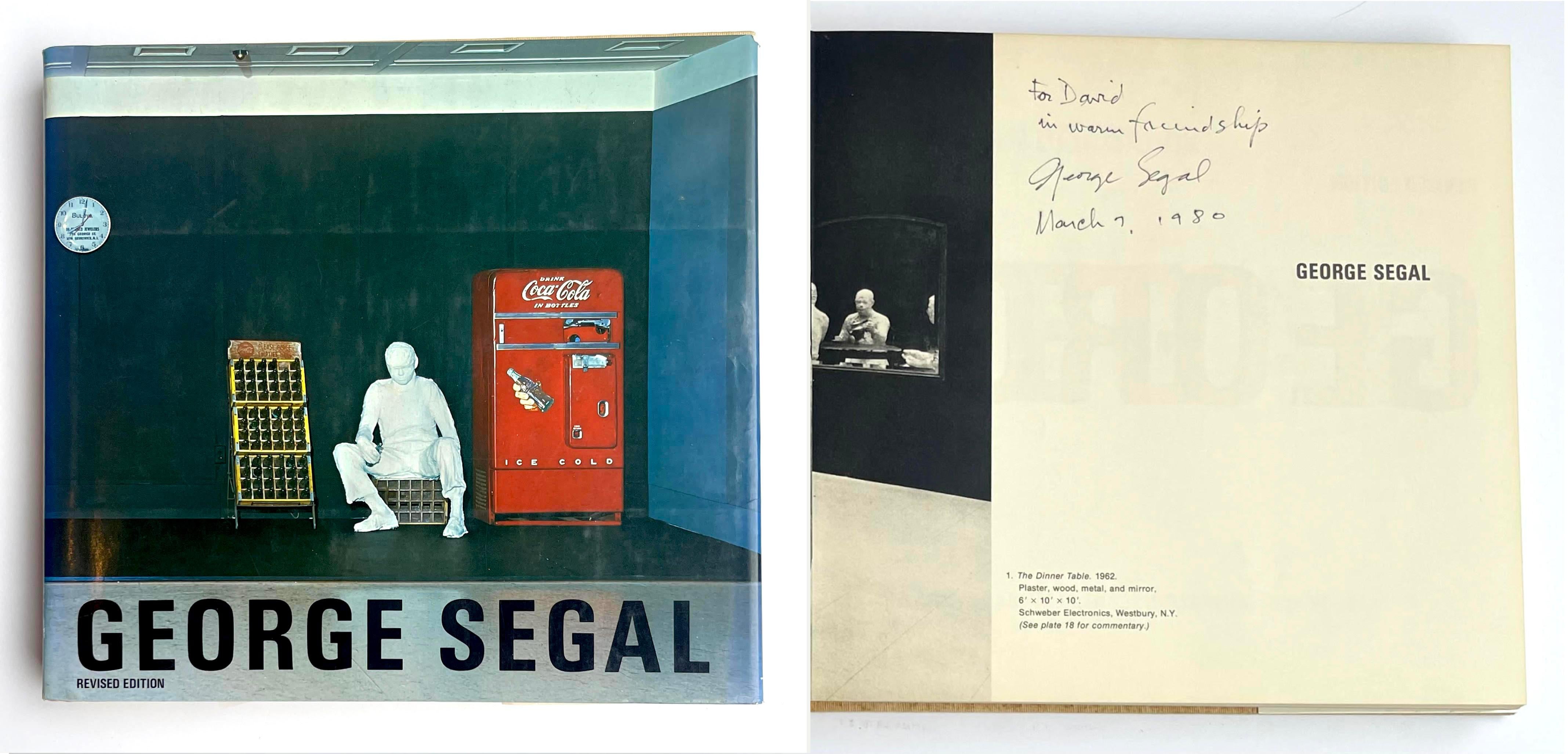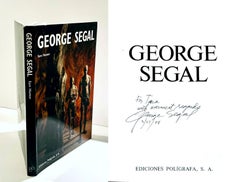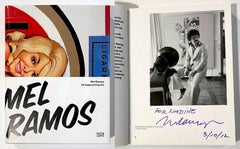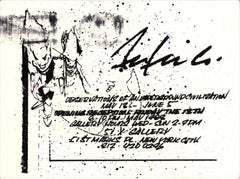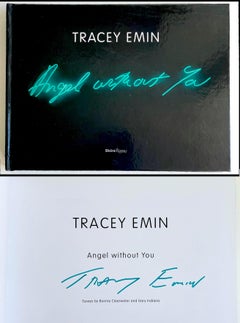
Angel Without You illustrated monograph (Hand signed by Tracey Emin)
View Similar Items
Tracey EminAngel Without You illustrated monograph (Hand signed by Tracey Emin)2013
2013
About the Item
- Creator:Tracey Emin (1963, British)
- Creation Year:2013
- Dimensions:Height: 8.5 in (21.59 cm)Width: 11.25 in (28.58 cm)Depth: 1 in (2.54 cm)
- Medium:
- Movement & Style:
- Period:
- Condition:Very good condition; there is some age wear and corner bumping, etc. to the outer boards (see photos) but inside pages are clean and crisp.
- Gallery Location:New York, NY
- Reference Number:1stDibs: LU1745213303592
Tracey Emin
Tracey Emin was born in Croydon, in South London, in 1963, and raised in Margate, Kent. She studied fashion at the Medway College of Design (now the University for the Creative Arts) from 1980–82. At Medway, she met Billy Childish, who would become a huge inspiration for her work, and became closely associated with The Medway Poets. During this time, Emin became the administrator for Childish’s small printing press, Hangman Books.
In 1984 she went on to study printing at Maidstone Art College. In 1983, Emin opened a shop with fellow artist Sarah Lucas, called The Shop in Bethnal Green. The Shop sold works by Emin and Lucas, including original t-shirts and ashtrays featuring iconic artist Damien Hirst.
In November 1993, Emin held her first solo show at White Cube in London. She named her autobiographical exhibition “My Major Retrospective,” which largely consisted of personal photographs, photos of her own early paintings that she had destroyed, and a few emotionally charged items such as a packet of cigarettes her uncle was holding when he was decapitated in a car crash.
In 1994, Emin toured the United States, making stops en route with partner Carl Freedman to give readings from her autobiographical book Exploration of the Soul. In 1995, Emin produced her famous “tent” — Everyone I Have Ever Slept With 1963-1995 — which was exhibited in Freedman’s curated show “Minky Manky” at the South London Gallery. This piece was later bought by Charles Saatchi and included in the acclaimed 1997 “Sensation” exhibition at the Royal Academy of Arts in London, going on to tour Berlin and New York.
Emin appeared on a Channel 4 television series in 1997 titled Is Painting Dead? that largely comprised a discussion over the Turner Prize. Two years later, in 1999, Emin was shortlisted for the Turner Prize herself and exhibited My Bed at the Tate Gallery. In the same year, she exhibited a number of monoprint drawings inspired by Princess Diana for an exhibition at The Blue Gallery, London.
Elton John and George Michael are both famed collectors of Emin’s work, with Michael holding the “A Tribute to Tracey Emin” exhibition in September 2007 at the Dallas-based Goss-Michael Foundation. A solo exhibition, “This is Another Place,” was held at the Modern Art Oxford from 2002–03, and in 2007, Emin was included in the British Pavilion at the Venice Biennale. The same year, Emin was made Royal Academician by the Royal Academy of Arts. She has previously been invited to include works at the Royal Academy “Summer Exhibitions” dating back to 2001. Emin curated the 2008 “Summer Exhibition” and gave a public talk and interview with Matthew Collings, during which they mused on her role within the Royal Academy. Emin’s art has fetched astronomical amounts at auction, selling to Charles Saatchi, the 2011 Prime Minister (David Cameron), David Bowie and more for their private collections.
Find original Tracey Emin prints and other art on 1stDibs.
More From This Seller
View All1980s Pop Art Figurative Prints
Paper, Ink, Mixed Media, Lithograph, Offset
1980s Pop Art More Art
Paper, Ink, Mixed Media, Lithograph, Offset, Board
2010s Pop Art More Art
Paper, Ink, Mixed Media, Lithograph, Offset
2010s Pop Art Figurative Prints
Paper, Ink, Mixed Media, Lithograph, Offset
Early 2000s Pop Art Figurative Prints
Paper, Ink, Mixed Media, Lithograph, Offset
1980s Pop Art More Art
Paper, Ink, Mixed Media, Lithograph, Offset
You May Also Like
1980s Pop Art More Art
Lithograph, Offset
1980s Pop Art Figurative Prints
Paper, Offset
1980s Pop Art More Art
Offset
1980s Pop Art More Art
Offset
1990s Pop Art More Art
Offset
2010s Contemporary Figurative Prints
Paper, Lithograph, Offset
